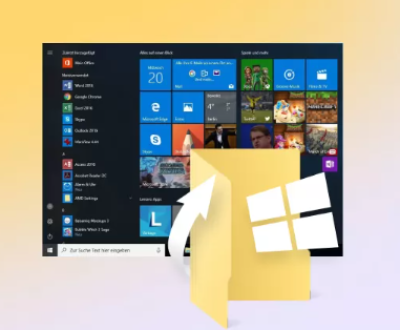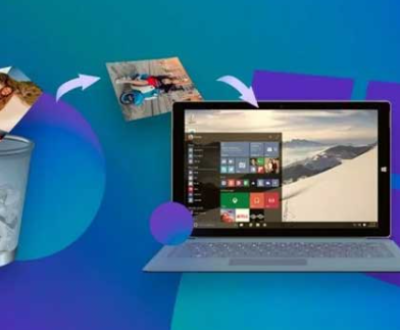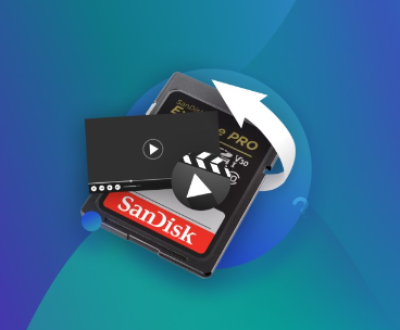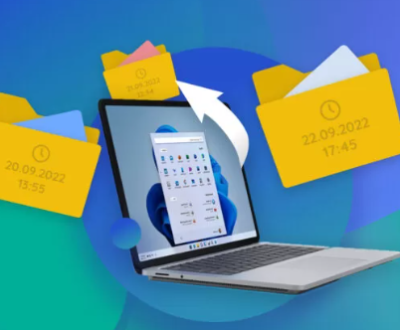Repairing an SD card without formatting is an essential skill for those who rely on their SD cards to store valuable data, such as photos, videos, or other important files. Many users experience issues with their SD cards, such as corruption, unreadable errors, or the device failing to recognize the card. When these problems arise, many people are tempted to format the SD card as a quick fix, but this method will erase all data. Fortunately, there are ways to repair the SD card without losing any of your valuable files.
1. SD Card Issues
Before attempting any repairs, it’s important to understand the common issues that can affect an SD card. Some of these problems are easy to fix, while others may require more in-depth solutions. Here are a few common issues:

Corruption: This occurs when data on the SD card becomes unreadable due to improper ejection, file system errors, or damage to the card’s physical components.
Read/Write Errors: Sometimes, an SD card can fail to read or write data, which could be caused by file system corruption or issues with the card’s hardware.
SD Card Not Recognized: The device may not detect the SD card due to hardware malfunctions, improper insertion, or issues with the card reader or slot.
Corrupted Files: Files on the SD card may become corrupt, making them inaccessible or unreadable.
Write Protection: If the SD card is in write-protection mode, you won’t be able to add or delete files. This could be a physical switch on the SD card or a software issue.
2. Backing Up Important Files
Before you begin any repair attempt, it’s important to back up any important files from the SD card, if possible. This will ensure that even if something goes wrong during the repair process, you won’t lose your precious data. If the card is still accessible, copy your files to a different device (such as a computer or external hard drive) to preserve them.
If you can’t access the SD card via your usual methods (e.g., through a card reader or a digital camera), consider using file recovery software, which we’ll discuss in more detail later in this guide. Many of these programs can retrieve files from corrupt or inaccessible SD cards.
3. Check the Physical Condition of the SD Card
Physical damage can often be the cause of issues with an SD card. Inspect the card closely to check for any visible signs of damage, such as bent pins, cracks, or any other abnormalities. In some cases, a damaged SD card may not be repairable without professional help, but if the damage is minor, there are still a few things you can try.
Check for Dirt or Debris: Dirt, dust, or debris on the card’s contacts can prevent the card from being recognized or cause errors. Use a soft, dry cloth to clean the contacts gently. Avoid using liquids or abrasive materials that could further damage the card.
Check the Card Reader: The issue may lie with your card reader rather than the SD card itself. Try using a different card reader or a different device (such as another camera or computer) to see if the problem persists.
4. Restarting Your Device
Sometimes, the problem with your SD card may not be the card itself but rather the device you’re using to read it. Restarting your device can often resolve temporary software glitches that prevent it from reading the card. Whether you’re using a smartphone, camera, or computer, try turning the device off and on again to see if that fixes the issue.
5. Using Windows Disk Management Tool
If you’re using a Windows computer and your SD card is not recognized or is showing up as unallocated, you may be able to repair it using the built-in Disk Management tool. Here’s how you can use this tool:
Open Disk Management: Press Windows + X and select Disk Management from the list.
Locate the SD Card: In the Disk Management window, look for your SD card. It should be listed as a removable disk.
Check the Status: If the SD card shows as “unallocated,” it means it doesn’t have a valid file system. However, if it’s showing as “healthy,” but still not working properly, you can attempt to run the Check Disk utility (discussed later).
Check for Errors: Right-click on the SD card partition and select Properties. Under the Tools tab, click on Check to check for file system errors. If errors are found, Windows will attempt to fix them without formatting the card.
6. Running Check Disk Utility (chkdsk)
If your SD card is recognized by your computer but you’re still encountering errors, you can run the Check Disk utility (chkdsk) to repair any file system errors. Here’s how to use it:
Open Command Prompt: Press Windows + X and select Command Prompt (Admin) or Windows PowerShell (Admin).
Run the chkdsk Command: In the Command Prompt window, type the following command and press Enter:
bash
chkdsk [drive letter]: /f
Replace [drive letter] with the letter assigned to your SD card (e.g., E:). The /f parameter tells Windows to fix any errors it finds.
Wait for the Process to Complete: The check disk process will take some time, depending on the size and condition of the SD card. If errors are found, chkdsk will attempt to fix them automatically.
Review the Results: After the process is complete, you’ll receive a report showing if any errors were found and fixed.
This method often resolves issues like file system corruption and can fix many common SD card problems without formatting.
7. Repairing Corrupted Files
If you’re encountering corrupted files on the SD card, the solution will depend on the type of file corruption. In some cases, you can use software tools to repair specific types of files, such as photos or videos.
Photo Recovery Software: If you’re dealing with corrupted images, consider using photo recovery software, such as Stellar Photo Recovery or Disk Drill. These programs can scan your SD card for corrupted photos and attempt to repair them.
Video Repair Tools: For corrupted videos, try using software like VLC Media Player or Stellar Video Repair. These programs can repair damaged video files by fixing issues in the video stream or metadata.
8. Using SD Card Repair Software
Panda Assistant is also equipped with a deep scan mode, designed for complex recovery situations. It thoroughly scans the storage device to retrieve files that are difficult to recover, such as those lost after a format or serious corruption. This feature provides an extra layer of assurance for users dealing with critical data recovery tasks.
For users concerned about their privacy and security, Panda Assistant offers encryption options to keep their data safe during the recovery process. The software ensures that no sensitive information is exposed while scanning or restoring files, providing peace of mind to those handling personal or business-critical data.
9. Checking for Bad Sectors
A bad sector is a small area on the SD card that becomes damaged, making it impossible to store data there. If your SD card has bad sectors, it could be the cause of the errors you’re experiencing. While bad sectors can’t always be repaired, you can attempt to isolate them and prevent them from affecting your files.
Many SD card repair tools, like HD Tune or SD Card Formatter, have features that allow you to scan the card for bad sectors. If bad sectors are detected, the software may allow you to mark them as unusable so that they don’t interfere with your data.
10. Preventing Future SD Card Issues
Once you’ve repaired your SD card, it’s important to take steps to prevent future issues. Here are some tips:
Eject Safely: Always eject your SD card safely from your device to avoid corruption. Use the “safely eject” feature on your computer or device to ensure that data is properly written before removing the card.
Use a Reliable Card Reader: Ensure that your card reader is functioning properly and is compatible with your SD card. A faulty card reader can cause errors when reading or writing to the card.
Regular Backups: Always back up your important files regularly to prevent data loss in case of future issues with your SD card.
About us and this blog
Panda Assistant is built on the latest data recovery algorithms, ensuring that no file is too damaged, too lost, or too corrupted to be recovered.
Request a free quote
We believe that data recovery shouldn’t be a daunting task. That’s why we’ve designed Panda Assistant to be as easy to use as it is powerful. With a few clicks, you can initiate a scan, preview recoverable files, and restore your data all within a matter of minutes.
Subscribe to our newsletter!
More from our blog
See all postsRecent Posts
- How to restore deleted images 2025-06-30
- How to restore a deleted file on windows 2025-06-30
- is there any way to restore deleted photos 2025-06-30

 Try lt Free
Try lt Free Recovery success rate of up to
Recovery success rate of up to









